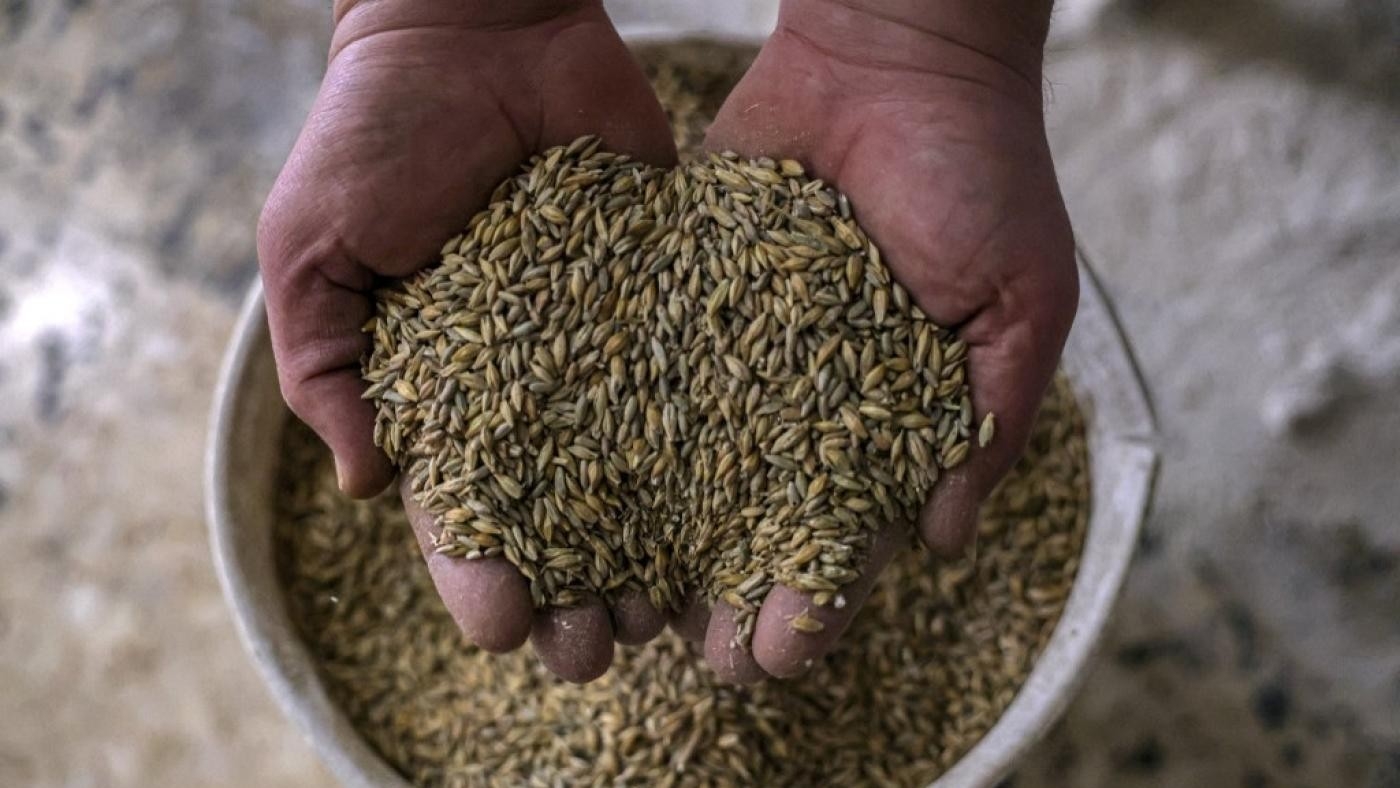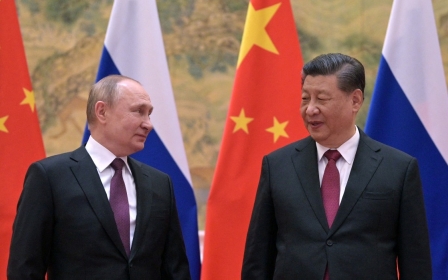The Ukraine war exposes how global food markets can't feed the hungry

A month has passed since Russia invaded Ukraine, and we are only beginning to truly understand what this lawless attack means for the world order.
Alongside the refugee crisis and potential gas shortages, the most dire global spillover consequence is the disruption of global food systems, with devastating impacts in parts of Africa, Asia and the Middle East, where millions are already facing starvation.
Higher prices will have immediate adverse effects, imposing additional hardships on impoverished populations and fuelling political instability
Even before the war, humanitarian agencies were scrambling to respond to countries on the brink of famine in the Middle East and North Africa region, where localised crises have been exacerbated by the Covid-19 pandemic and its impact on global supply chains.
According to the United Nations Food and Agriculture Organization, world hunger and malnutrition have been on the rise for years. The UN’s “Zero Hunger by 2030” goal is looking unreachable; at this point, it would be viewed as a “victory” if world hunger levels could be restabilised at 2015 levels.
Russia and Ukraine are an important factor in this crisis. Known as the breadbasket of Europe with their fertile, rich soil, they account for around 15 percent of global wheat production and nearly 30 percent of exports, along with 80 percent of global sunflower oil production. Ukraine is also a key exporter of maize, while Russia provides about 15 percent of the world’s fertiliser supply.
New MEE newsletter: Jerusalem Dispatch
Sign up to get the latest insights and analysis on Israel-Palestine, alongside Turkey Unpacked and other MEE newsletters
The Black Sea region plays an important role in the global wheat market, but the war has disrupted the shipment of food exports. If the war continues until the planting season, production and harvesting will be disrupted, with the effects reverberating across Europe, the MENA region and parts of Asia.
Alternative markets
In the face of such disruptions, most European countries will simply turn to alternative distant markets, at the cost of higher prices.
But in the MENA region, where wheat is a staple food, higher prices will have immediate adverse effects, imposing additional hardships on impoverished populations and fuelling political instability. As wheat prices soar, the UN has warned that the war could cause up to 13.1 million more people to go hungry worldwide.
A food crisis can be a flashpoint. Recall Egypt in 2011, when wheat shortages triggered riots that led to the toppling of former leader Hosni Mubarak. Egypt currently gets 60 percent of its wheat imports from Russia and 40 percent from Ukraine. The government is already calculating how long national food stocks will last if the war grinds on.
Governments across the MENA region, including Egypt, Tunisia and Algeria, regularly subsidise wheat prices, as people traditionally rely on a wheat-based diet. High prices will lead to lower subsidies, meaning people will be unable to afford as much bread. In poor rural areas, the impacts will be particularly dire.
In Yemen, where the ongoing war is often described as the worst humanitarian disaster of our time, more than 20 million people need humanitarian aid, while tens of thousands are at risk of dying from famine. Humanitarian agencies are facing tragic choices, including how best to allocate scarce food supplies between the hungry and the starved.
Broken supply chains
Amid the Covid-19 pandemic, broken global supply chains have proved difficult to restore. Food prices have reached their highest levels in more than a decade, while global inflation has had knock-on effects for developing countries that rely on food imports. High food and fuel prices have been devastating for food-insecure countries that survive only through massive infusions of humanitarian aid.
It turns out that market globalisation in food systems has gone too far, coming with a huge price tag during challenging times
UN Secretary-General Antonio Guterres has warned about a coming “hurricane of hunger”. The potential collapse of already fragile states warrants immediate attention from global leaders. The reliance on commodities such as wheat, and the fact that its production and trade are dominated by a handful of countries and corporations, exposes systemic vulnerabilities in global food systems at times of uncertainty and crisis.
This alarming situation has led to global soul-searching when it comes to agricultural policies, with governments seeking alternative markets and considering how to produce more at home. It turns out that market globalisation in food systems has gone too far, coming with a huge price tag during challenging times.
Amid this backdrop, we should look favourably upon transformations of food systems from global to local; from concentrated power to a more equitable and dispersed model. This is a tall order, and it cannot be realised anytime soon without a strong political will.
It can only be realised if the world community commits itself to just and sustainable food systems that respect, protect and fulfill human rights and food sovereignty for local communities, and eschews the financialisation of food markets that disconnects us from humanity.
The views expressed in this article belong to the author and do not necessarily reflect the editorial policy of Middle East Eye.
Middle East Eye delivers independent and unrivalled coverage and analysis of the Middle East, North Africa and beyond. To learn more about republishing this content and the associated fees, please fill out this form. More about MEE can be found here.





